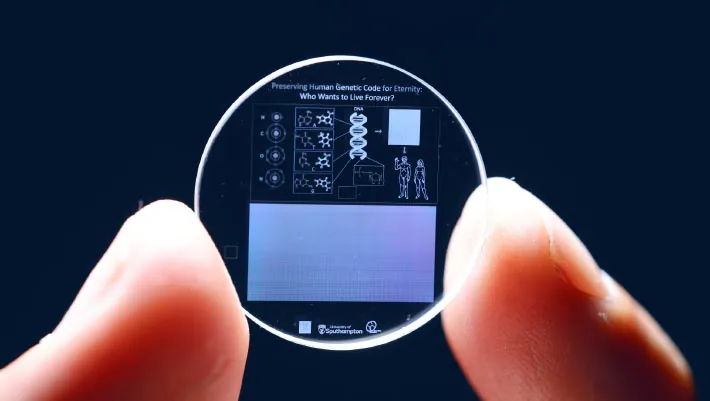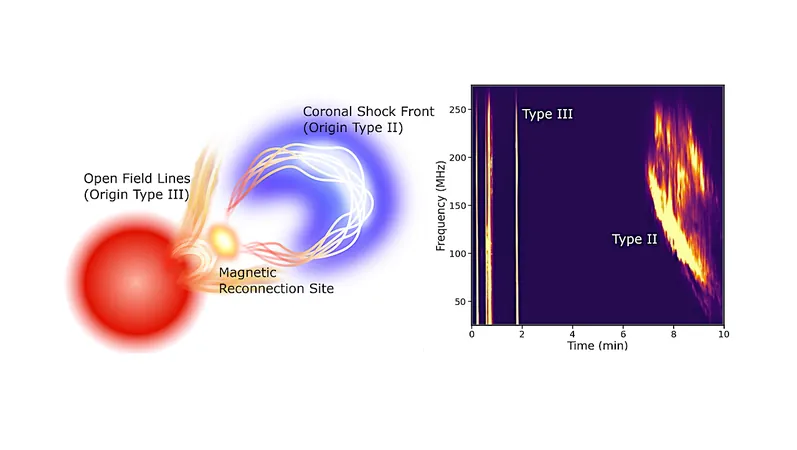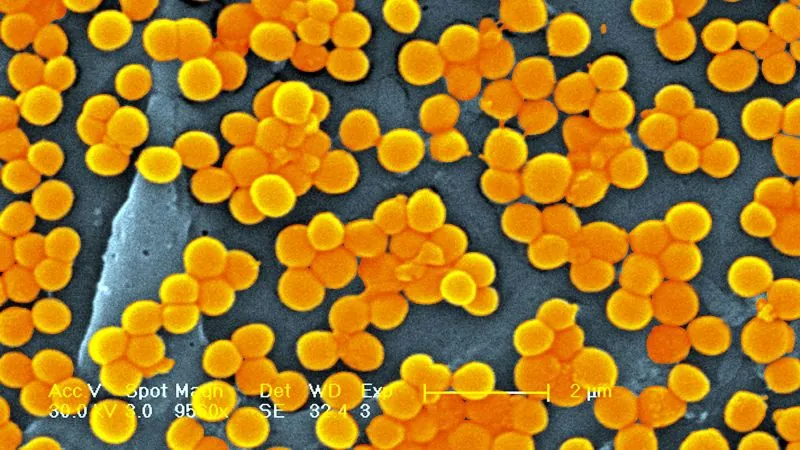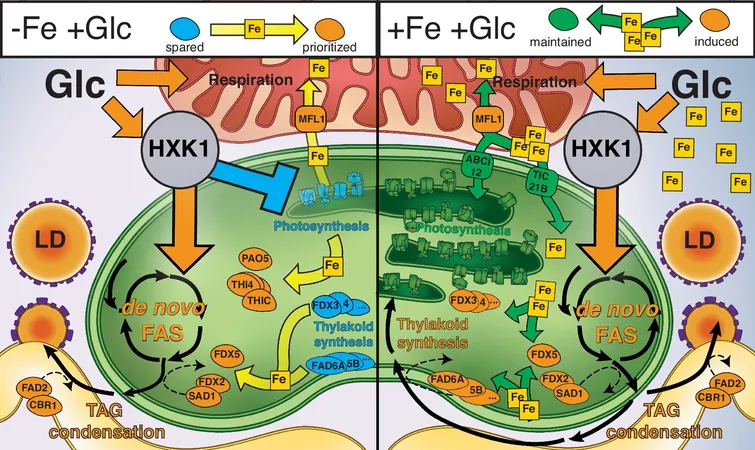
Revolutionary 5D Memory Crystal Holds Entire Human Genome - A Scientific Breakthrough
2024-09-20
In a groundbreaking development, scientists from the University of Southampton have successfully stored the entire human genome on a remarkable 5D memory crystal, a data storage format that far surpasses existing technologies. Unlike standard data storage methods, which can degrade over time, these innovative crystals are capable of holding up to 360 terabytes of information without loss for billions of years, even when exposed to extreme temperatures and conditions.
Unmatched Durability and Longevity
The 5D memory crystals, akin to fused quartz, are incredibly durable. They can endure extreme heat up to 1,000 degrees Celsius (1,832 degrees Fahrenheit) and can withstand impacts of up to 10 tons per cm². Remarkably, these crystals are also impervious to the long-term effects of cosmic radiation, making them an ideal medium for preserving crucial data.
Innovative Encoding Method
Led by Professor Peter Kazansky, the research team employs ultra-fast lasers to engrave data into nanostructured voids within silica, using a sophisticated method that utilizes two optical dimensions and three spatial coordinates – hence the "5D" designation. This advanced encoding technique represents a significant leap from traditional 2D storage methods like paper or magnetic tape.
Future Possibilities
The longevity of 5D memory crystals means they could potentially survive far beyond human existence, offering hope for preserving genomic information that may aid in the future exploration of synthetic biology and even the recreation of complex organisms. Professor Kazansky remarked, "The 5D memory crystal opens up possibilities for other researchers to build an everlasting repository of genomic information from which complex organisms like plants and animals might be restored should science in the future allow."
Successful Embedding of the Human Genome
To demonstrate this concept, the team embedded the complete human genome within a 5D memory crystal. Each of the 3 billion letters in the genome was sequenced 150 times to ensure accuracy and integrity of data. The crystal is currently housed in the Memory of Mankind archive, a special time capsule located within a salt cave in Hallstatt, Austria.
A Visual Key for Future Discoverers
The researchers foresaw the possibility of future intelligence discovering this crystal, even in a time where previous contexts have been lost. To aid any potential future finders, the crystal features a visual key that provides insights into the data it contains and its potential applications. This key illustrates essential elements like hydrogen, oxygen, carbon, and nitrogen, the four bases of DNA, and details their arrangements within the double helix structure.
Inspiration from NASA's Pioneering Efforts
In an homage to NASA's Pioneer spacecraft plaques, which were launched to communicate humanity's existence to any intelligent beings beyond our solar system, the team designed the crystal with similar foresight. While it remains uncertain if memory crystals will travel as far as these plaques, their resilience assures that they will outlast our current technologies.
A New Era in Scientific Exploration
As we move forward into an era of unprecedented scientific exploration, the implications of this breakthrough are both staggering and exhilarating. Who knows? One day, this ancient crystal may hold the key to reviving lost species or reshaping our understanding of life itself! Stay tuned as we explore what this means for the future of synthetic biology and the preservation of human achievement.






 Brasil (PT)
Brasil (PT)
 Canada (EN)
Canada (EN)
 Chile (ES)
Chile (ES)
 España (ES)
España (ES)
 France (FR)
France (FR)
 Hong Kong (EN)
Hong Kong (EN)
 Italia (IT)
Italia (IT)
 日本 (JA)
日本 (JA)
 Magyarország (HU)
Magyarország (HU)
 Norge (NO)
Norge (NO)
 Polska (PL)
Polska (PL)
 Schweiz (DE)
Schweiz (DE)
 Singapore (EN)
Singapore (EN)
 Sverige (SV)
Sverige (SV)
 Suomi (FI)
Suomi (FI)
 Türkiye (TR)
Türkiye (TR)